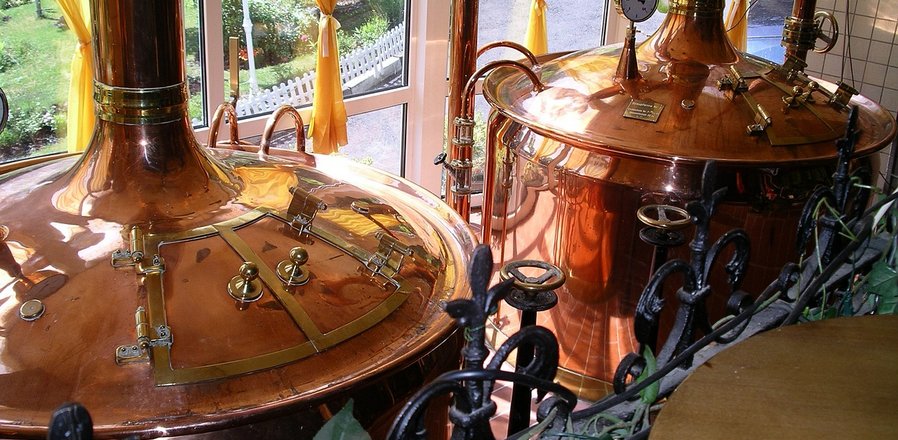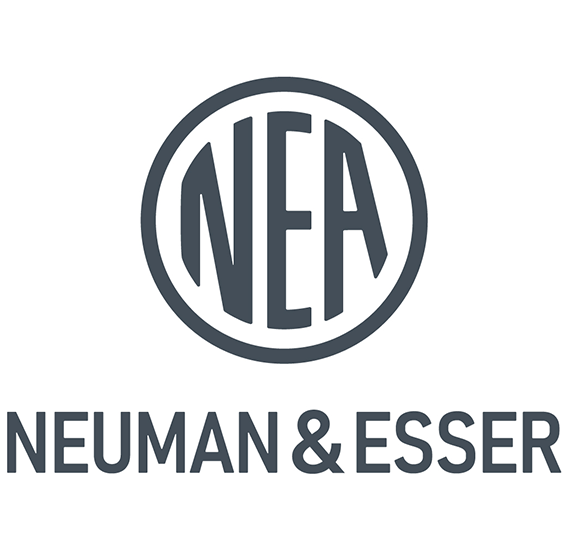
To operate in a more sustainable way, many companies take the opportunity to use the internal waste products generated during production. For example, some companies feed excess heat into the local district heating grid to cover the heating requirements of private homes. The excess heat that is used often comes from lignite coal furnaces, i.e. firing systems that generate superheated steam, for example. Many companies burn coal in these furnaces. For this heat to be used, conscientious flue gas cleaning is essential.
In addition to conventional lime materials, highly efficient sodium hydrogen carbonate (NaHCO3), i.e. sodium carbonate or sodium bicarbonate, can also be used for this purpose. This neutral, non-corrosive and harmless product is used to purify industrial gases. NEUMAN & ESSER's process solutions are used for this purpose. The NaHCO3 is first ground and then brought into contact with the flue gases to be cleaned. There it reliably binds the pollutants contained in the flue gas flow, such as acidic flue gas components, organic pollutants, and heavy metals.
For transportation and storage reasons, sodium hydrogen carbonate is often available in granular form with an average fineness of around 200 μm (0.2 mm). To create a larger reactive surface area, the salt is ground to a higher fineness before it is injected directly into the flue gas duct.

The Karlsberg brewery in Homburg, Saarland, produces beer and mixed beer drinks as well as mineral waters, lemonades and fruit juices. With new processes and innovative technology, the company aims to meet the issue of sustainability. In 2011, for example, large-scale photovoltaic systems with a total output of 270 kilowatts were installed on the roof of the Karlsberg logistics center in Homburg.
In addition, the brewery is able to feed 10,000 MWh of excess heat into the municipal heating system of the city of Homburg, covering the heating demand of 300 private homes. A portion of the surplus heat is derived from a lignite coal furnace, a so-called combustion plant. It generates superheated steam which the brewery uses to clean its bottles. As the oven is heated by coal, Karlsberg is highly conscientious in cleaning the flue gas. In the flue gas purification system, which the brewery had already installed in 2006, a third-party impact classifier mill and a bag filter system were used for dust separation. NEUMAN & ESSER received a request from Karlsberg to supply a new classifier wheel for the existing mill.
The classifier wheel that we supplied was able to replace the third-party product to the customer's complete satisfaction. In this context, the problem was formulated that the rotor bearings of the competitors' grinding wheels had to be replaced disproportionately often. Even though the technicians were using a reinforced bearing, and had even put in a new shaft, cost-intensive bearing failures occurred repeatedly, leading to long down times.
To offer Karlsberg a reliable alternative to their existing mill, we carried out grinding tests at our Test Center in Übach-Palenberg, Germany. The goal was to grind between 10 and 160 kg of sodium hydrogen carbonate per hour, to a degree of fineness d90 ≤ 25 µm. The tests were extremely successful. Our impact classifier mill ICM that was subsequently installed achieves the desired degree of fineness and was easily integrated into the existing system to grind inline. The ability to use the existing infrastructure was a prerequisite for Karlsberg. The impact classifier mill has been running impeccably 24 hours a day since January 2015, aiding the traditional brewery to meticulously clean their flue gas.
